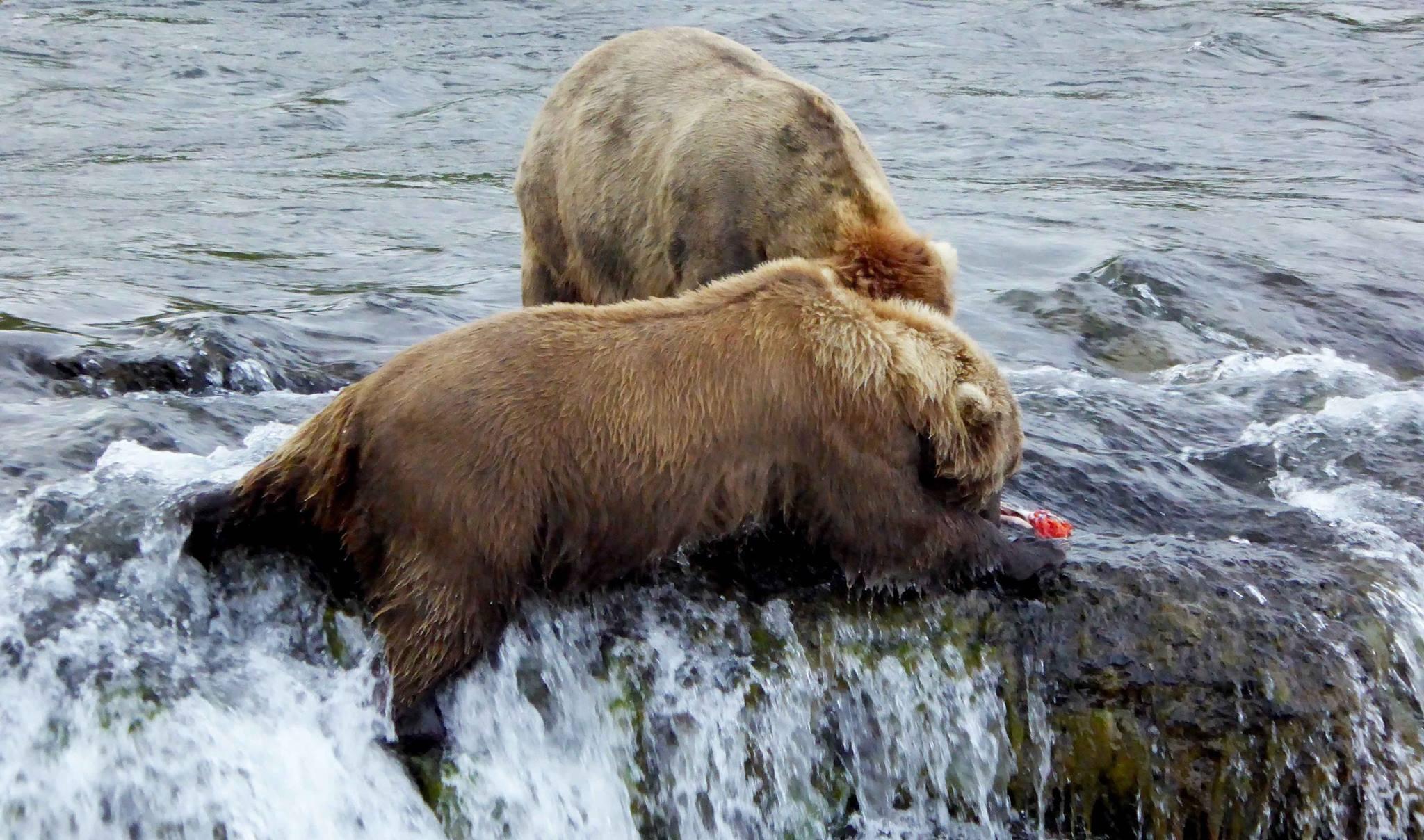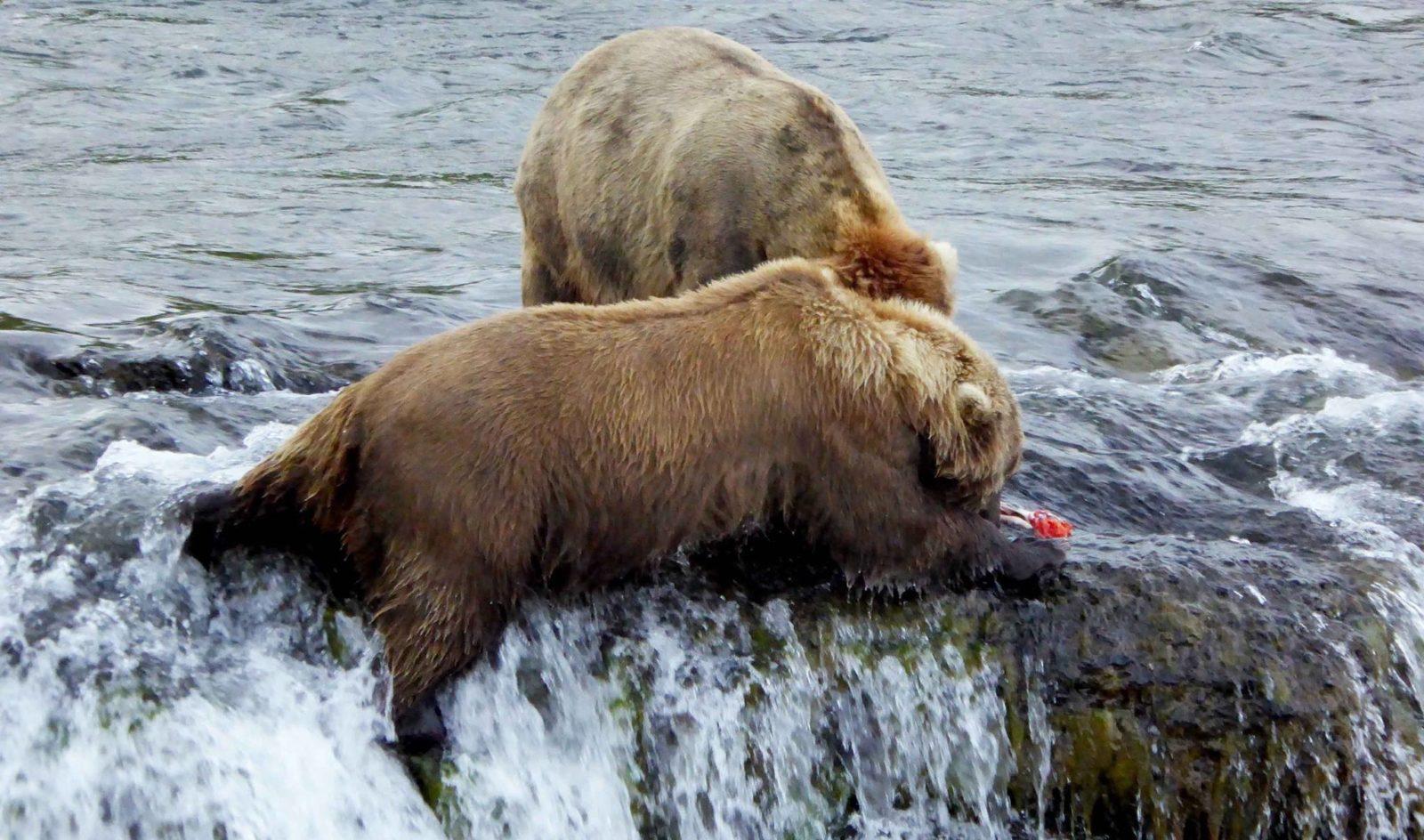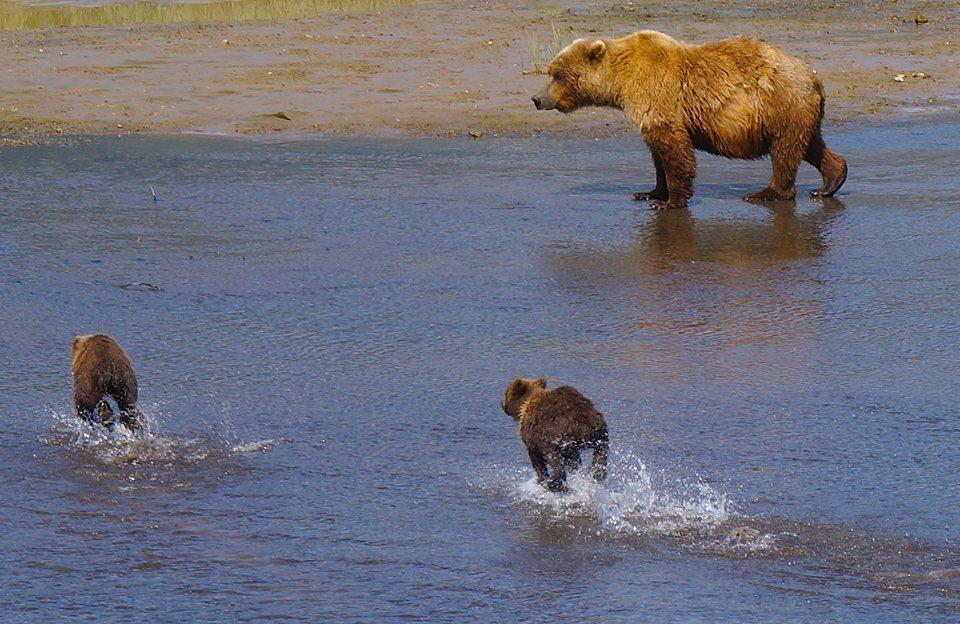
Why we like a proposed Park Service rule prohibiting destructive hunting practices on national preserves
By Dawnell Smith
In 2020 we went to court to stop a U.S. National Park Service rule from allowing sport hunting activities like brown bear baiting on national preserves in Alaska. We won in 2022 when a U.S. District Court judge found the rule unlawful and sent it back to Park Service to fix.

The judge allowed the 2020 rule to remain in place while the agency developed a new rule, so we eagerly awaited a new proposal that would protect natural predator behaviors and visitor safety within the national park system.
That new proposed rule came in January 2023. The Park Service’s rule would prohibit sport hunters from bear baiting, killing bear cubs in dens, killing wolves during denning season, and other practices aimed at killing predator animals like bears and wolves.
In other words, this 2023 rule would effectively protect natural predator-prey dynamics and healthy ecosystems within national park units in Alaska.
What the rule does well
Last month, we submitted comments on behalf of 15 groups in support of this 2023 rule. It would fundamentally uphold the values and purposes of national parks and preserves in Alaska:

- It would ban bear baiting and therefore prevent safety problems caused by having bait stations and food-conditioned bears in national parklands where people go to hike, boat, fish, forage, camp and recreate.
- It would prohibit hunting practices designed to reduce the number of predator animals like wolves and bears, and instead preserve natural predator-prey dynamics between animals.
- It would define the term “sport hunting”—or hunting for “sport purposes”—to distinguish it from federally authorized subsistence hunting under the Alaska National Interest Lands Conservation Act. This clarification reiterates that local subsistence hunting would be prioritized over sport hunting.
In short, the rule would fundamentally return the agency to the consistent management practices it maintained for decades before the 2020 rule, once again aligning with the purposes for which Congress protected these national park lands.
It’s time to make it so
We don’t know when the Park Service will finalize the rule, but we hope it completes the process soon. National park lands in Alaska play a huge role in protecting biodiversity, human communities, and the health of the state and planet.
The latest Park Service rule would do its part. It would uphold the agency’s long legacy of supporting healthy wildlife populations and ecosystems, as well as ensure that people can enjoy national preserves in Alaska by experiencing them in diverse ways, many of which center on seeing, taking photos of, and learning about animals like bears and wolves.
We celebrate this proposed rule and look forward to the Park Service finalizing and adopting it.


